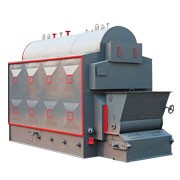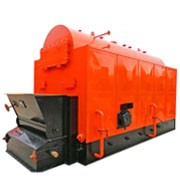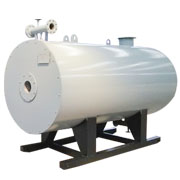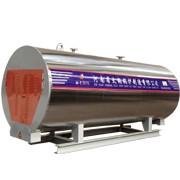- HOME
-
PRODUCTS
 Gas & Oil Fired Boiler
Gas & Oil Fired Boiler
WNS Oil & Gas Fire Tube Boiler
SZS Gas & Oil Water Tube Boiler
Gas Oil Fired Condensing Boiler
Vacuum Hot Water Heating Boiler
LSS Vertical Gas Oil Steam Boiler
 Biomass Fired Boiler
Biomass Fired Boiler
DZL Chain Grate Biomass Boiler
DZH Manual Type Biomass Fired Boiler
 Coal Fired Boiler
Coal Fired Boiler
DZL Coal Fired Chain Grate Boiler
DZH Coal Fired Moving Grate Boiler
- CASE
- NEWS
- ABOUT US
-
Search







